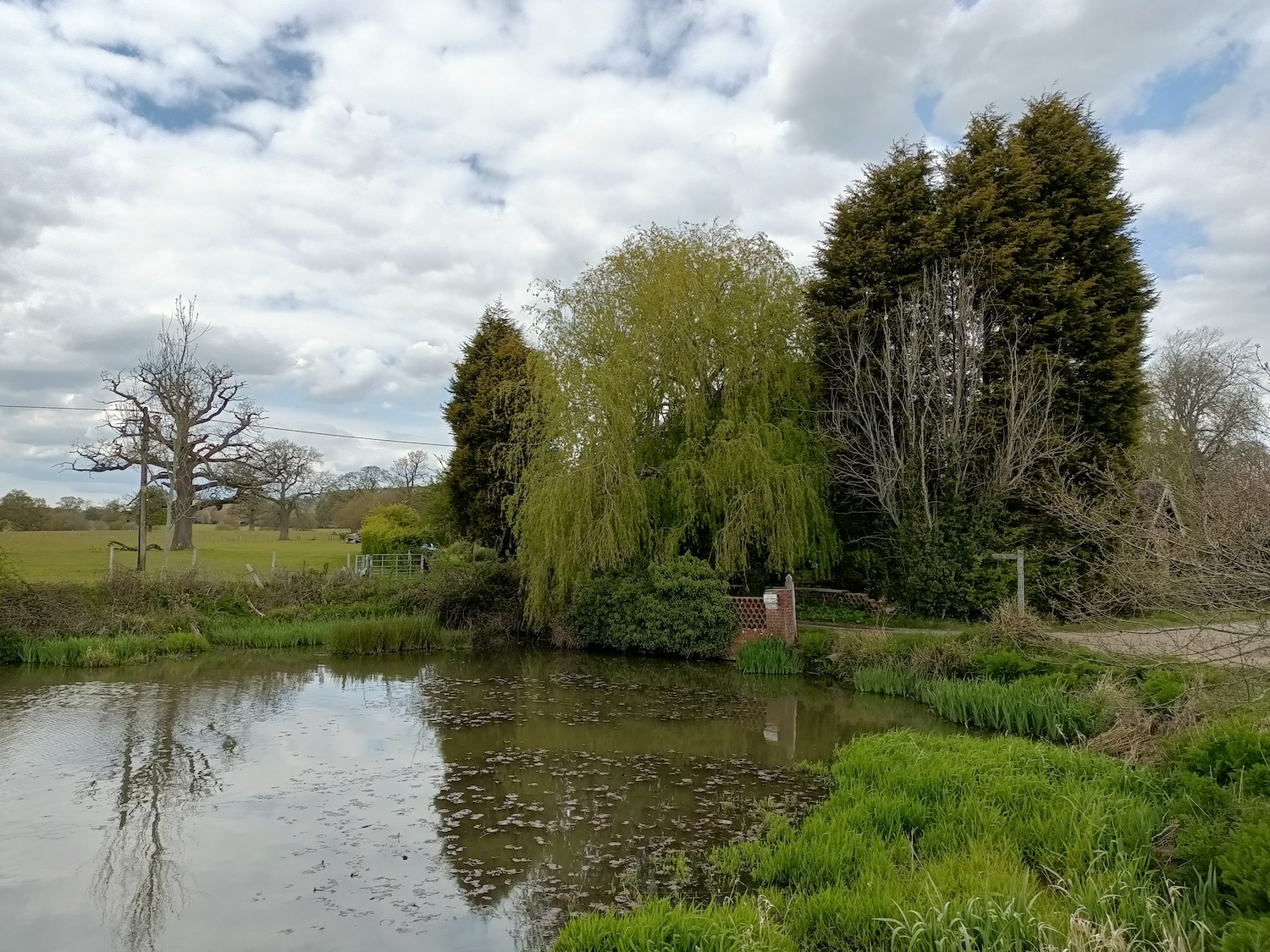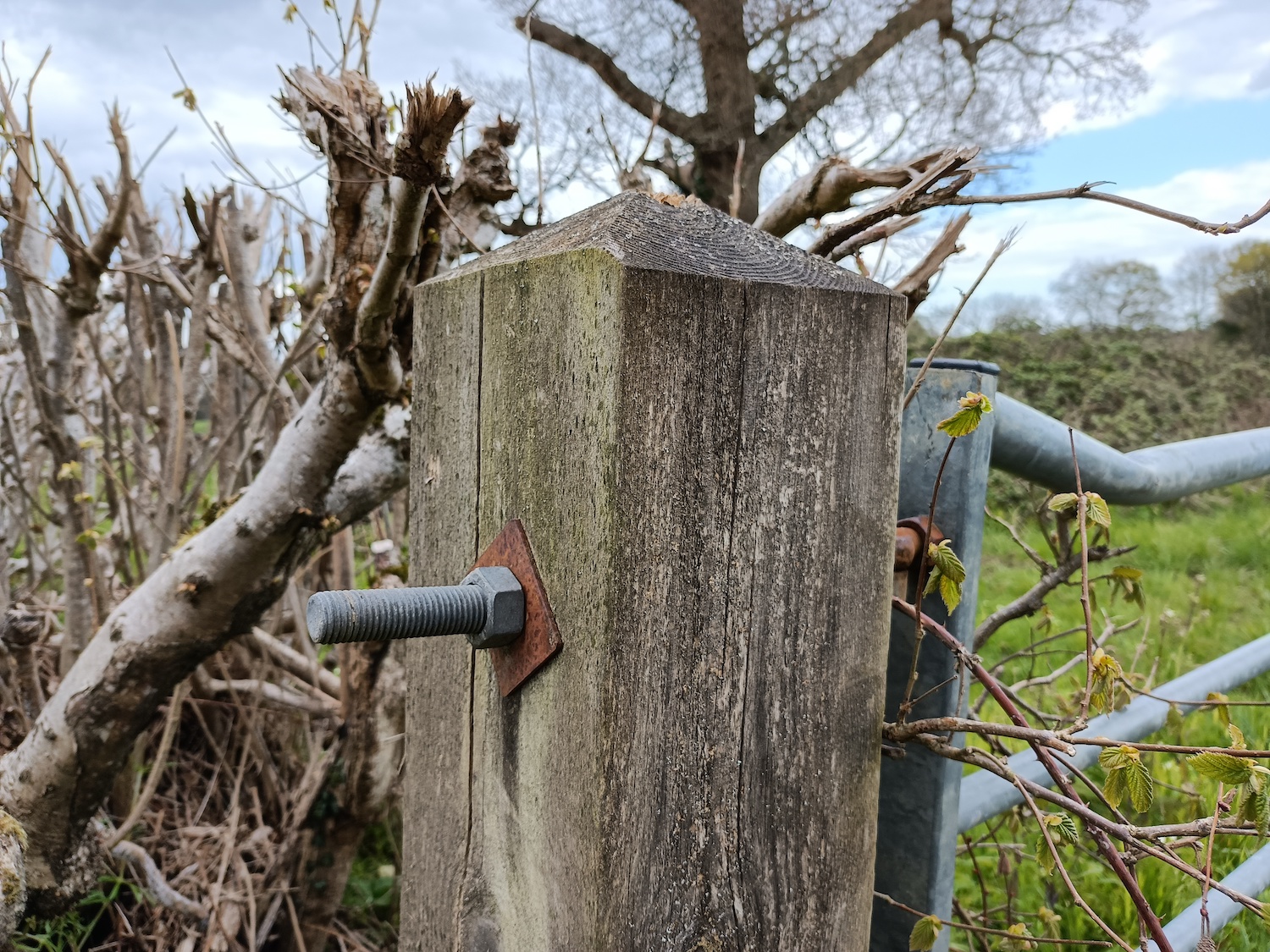The Realme 8 5G, as the name suggests, has a 5G modem inside ready to connect you to the fastest mobile data connection available, now or in the future. Yet the phone costs just 200 British pounds, or about $280 at today’s currency conversion rate, meaning that 5G is no longer only found on pricey mid- and high-specification phones.
But cheap phones can also be substandard, especially when an “expensive” feature like
MediaTek lends a hand
How does Realme offer a phone with

MediaTek isn’t as well-known as Qualcomm, but at the end of 2020 data from Counterpoint Research showed it was the world’s biggest smartphone chip maker, making it a definite sleeping giant. Qualcomm may have been edged out overall, but it still leads the way in
Performance
The MediaTek Dimensity 700 is a 2.2GHz octa-core chip based on ARM Cortex A76 and ARM Cortex A76 cores, and built on a 7nm process. It’s a competitor to chips from Qualcomm like the Snapdragon 730G. In the Realme 8

There are always concerns a cheap phone will be incapable of playing intensive, power-hungry games, but provided your expectations are kept in check the Realme 8
When things get busy in Asphalt 9: Legends there is some slowdown and the frame rate is definitely affected, but it doesn’t happen all the time, and will be dependent on how fast your car of choice is. In Genshin Impact there’s noticeable slowdown when panning around your surroundings, and in some of the cut scenes, but in normal small-scale fights and exploration, it’s fine.
Neither game looks nor plays with the same level of smoothness, polish, or speed they do on flagship phones, but that’s to be expected. But this doesn’t mean you can’t play them at all. The Dimensity 700 chip proves to be a very capable chip for casual gamers who don’t want to spend thousands on a new phone.
Does it feel cheap?
The Dimensity 700 chip helps the Realme 8

Happily, it’s much, much better than the Nokia 5.4 in most areas, and my low expectations were unfounded. The 6.5-inch screen has a 2400 x 1080 pixel resolution, a 90Hz refresh rate, and 180Hz touch sampling, plus a maximum 600 nits brightness. At full brightness, I can see it outdoors in moderate sunlight and the viewing angles are decent, so I can still see the viewfinder when taking photos.
Watching video is pleasant. Carfection’s review of the BMW 128ti is sharp, but the screen lacks the super contrast and detail in the shadows you get with a top AMOLED screen. It’s let down more by the sound, which is delivered through a single speaker on the bottom of the phone and is easily covered by your hand. It’s not very bassy, and sounds harsh at high volume.

The design is ordinary, but not ugly. It’s made of plastic and weighs 186 grams, and at 8.5mm thick it’s sized sensibly enough to still be pocketable. The three-camera module’s look has cleverly been balanced out with a fourth circle that says “AI,” and there’s none of the crazy “Dare to Leap” branding splashed across it like the Realme 8 Pro, giving it a more mature, understated style. It does remind me of some recent Vivo phones though, something that’s not surprising seeing as both brands are part of the BBK Electronics family along with Oppo and to a lesser extent, OnePlus.
Is the camera cheap?
The main camera has 48-megapixels and it’s accompanied by a monochrome camera and a macro camera. You can’t use the monochrome camera on its own, but you can take macro shots at about 4-centimeter distances if you want. You won’t feel the need, as, like all cameras of its type, the results are disappointing.
That leaves the main camera. It’s decent and takes well-balanced, shareable photos with plenty of color and good dynamic range. The
Added to all this is a 5,000mAh battery, a MicroSD card slot, a fingerprint sensor in the power button, and realme UI 2.0 software over Android 11. That’s a good all-round specification that doesn’t scream “money saving,” and as I’ve found, still delivers the goods. The Realme 8
Realme doesn’t sell its phones in the U.S., but once launched in the U.K. an import wouldn’t be difficult. The Realme 8 5G will be released in May for 200 British pounds/$283, but an early offer could see you grab one for 180 pounds/$255, making it even more tempting. It’s not often a cheap phone comes out with minimal compromises, but with help from MediaTek the Realme 8
Editors' Recommendations
- Visible’s affordable 5G plans just got even cheaper
- This new folding phone costs less than half the price of the iPhone 15 Pro Max
- Visible just made its unlimited 5G plan better than ever
- Have T-Mobile? Your 5G service is about to get much faster
- Your next phone could get a huge 5G upgrade, thanks to AI













